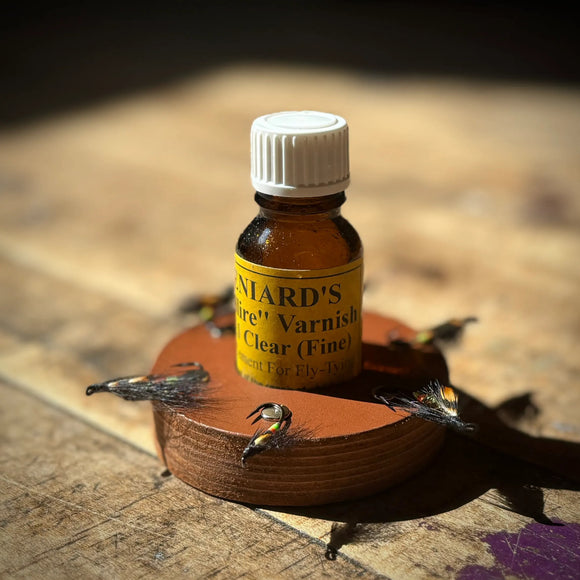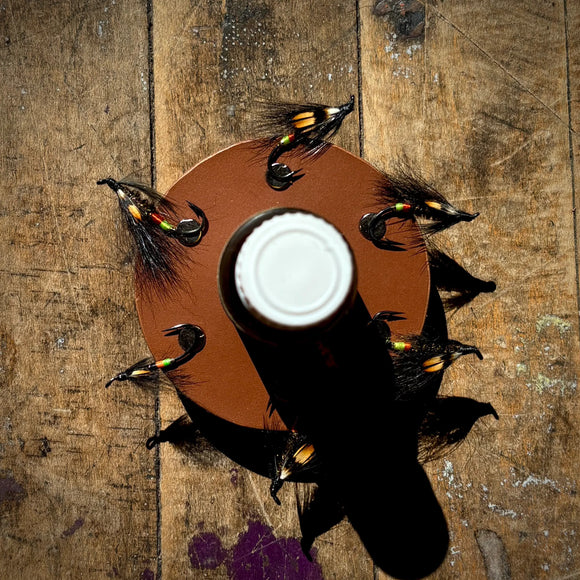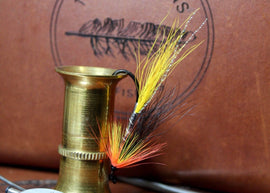By Kenzie Kozera
When a fly has been in use for more than a century, you can bet it works! Originating in the United Kingdom, the Blue Charm is now a global staple among anglers of multiple species. You would be hard pressed to find any angler in Atlantic Canada who does not have some variant of a Blue Charm amongst their boxes of wet flies.
Originally tied as a feather wing with mallard or turkey, Blue Charms are more frequently tied with a squirrel tail wing now. However, you may notice that charms with a white wing (calf body, calf tail, or polar bear) and dark wing (moose) are nearly as popular (or more popular in some areas) than the traditional wing. Safest bet? Have one of each.
The Blue Charm performs well for Atlantic Salmon and Steelhead year-round but is particularly effective in summer and low water conditions. When fished with a “riffle hitch”, the Blue Charm can produce some exciting surface “takes”. (Suggestion- if planning to hitch the fly, try to leave slightly more room between head of the fly and the eye than you normally would, as this will allow room for the leader).
Recipe:
Hook: Wet salmon hook (an Ahrex 410 sz 4 in this case)
Thread: Black, typically 8/0
Tag: Fine oval silver tinsel behind yellow (or chartreuse) floss
Tail: Golden pheasant crest
Body: Black floss or yarn
Rib: Oval silver tinsel
Throat: blue hackle (this is often hotly debated… kingfisher blue vs light blue)
Wing: Grey squirrel tail
Head: Black thread finished with your choice of head cement (Gulff UV Varnish in this case).
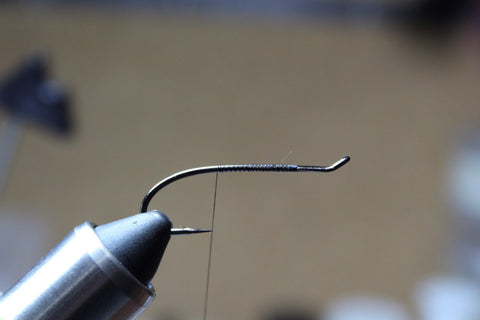
Step 1- Work thread back to the hook point

Step 2- (a) tie in your silver tag and (b) your yellow/chartreuse butt.

Step 3- tie in your golden pheasant crest (if in a pinch, a strand yellow floss can suffice).

Step 4- tie in your ribbing, making an effort to keep an even, smooth body.

Step 5- wrap the body in black floss (or yarn).

Step 6- wrap ribbing forward.

Step 7- tie in a bunch of blue hackle (hen or schlappen seem to work well) as your throat.

Step 8- tin your squirrel wing with the length reaching back approx your hook bend. For an even wing, use a hair stacker.
*Tip- squirrel tail is SLIPPERY. A dab of glue (Gulff Minuteman in this case) and some thread wax will save you from losing that wing in the current.

Step 9- whip finish and add your choice of head cement, varnish, etc.
FLIES
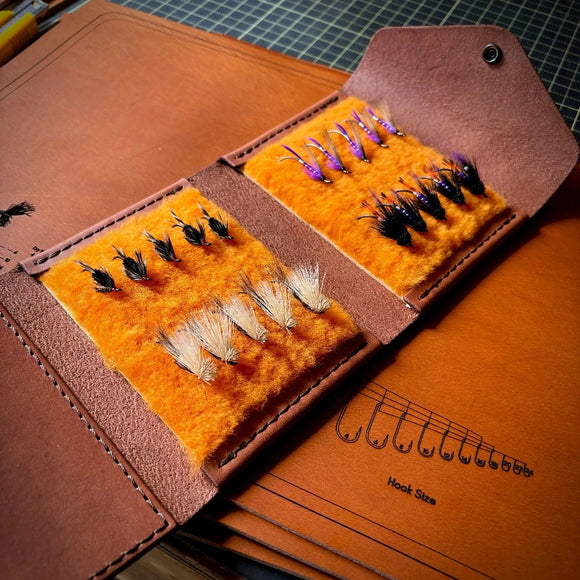
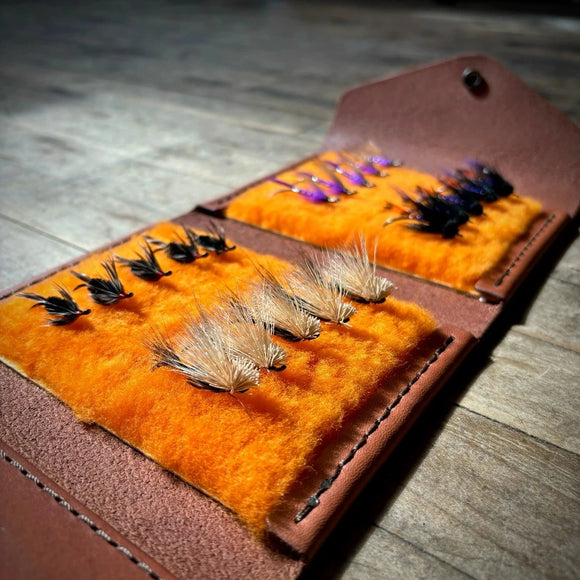
Steelhead Fly Pack
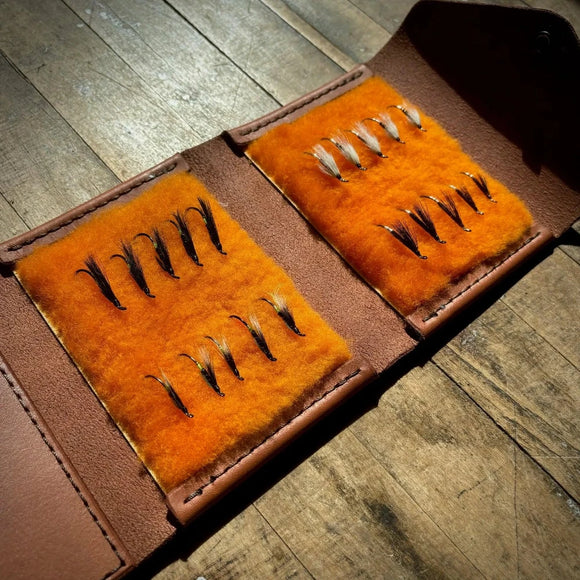

Salmon Fly Pack - #1
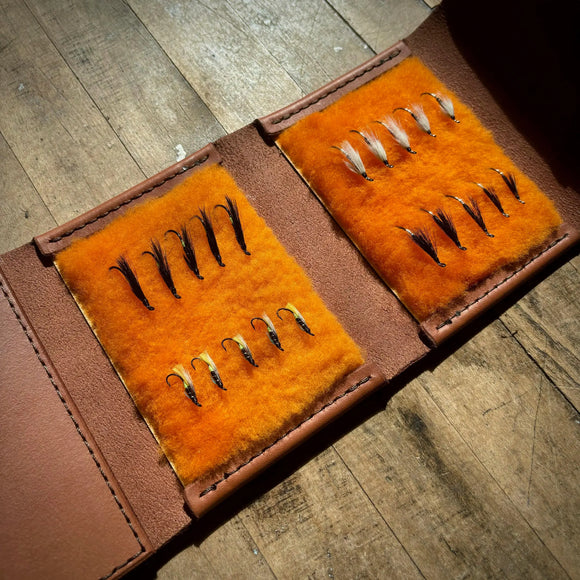

Salmon Fly Pack - #2
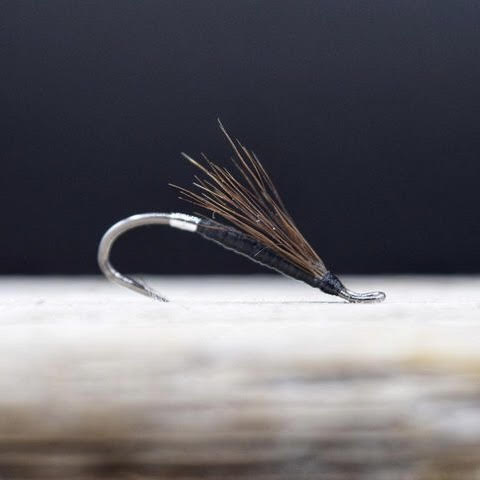
Black Silver Tip
FLY TYING
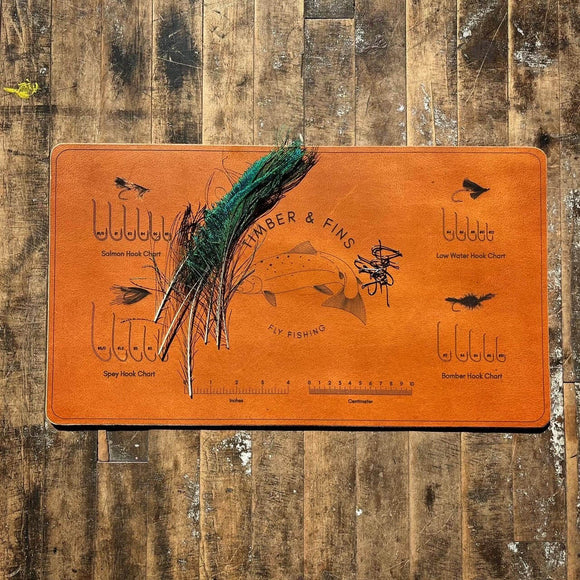
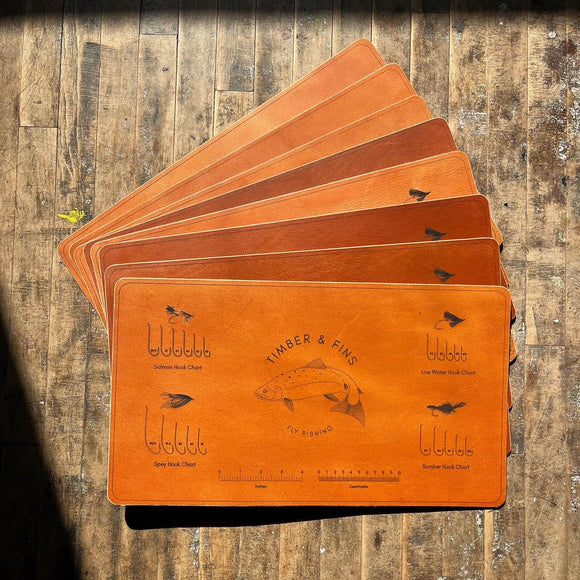
Salmon Fly Tying Leather Mat
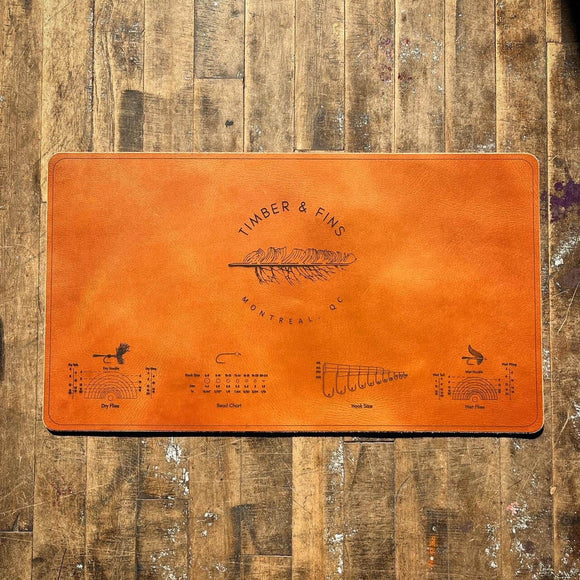
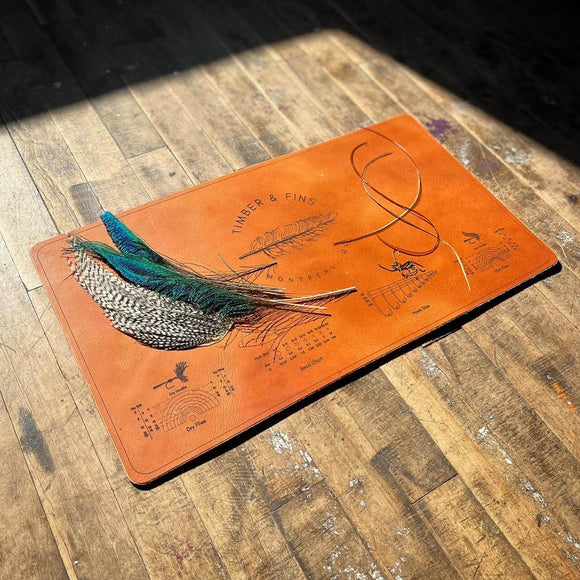
Fly Tying Leather Mat
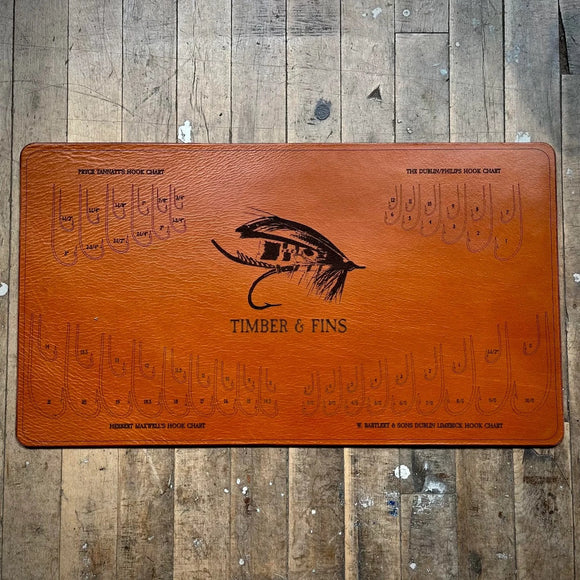
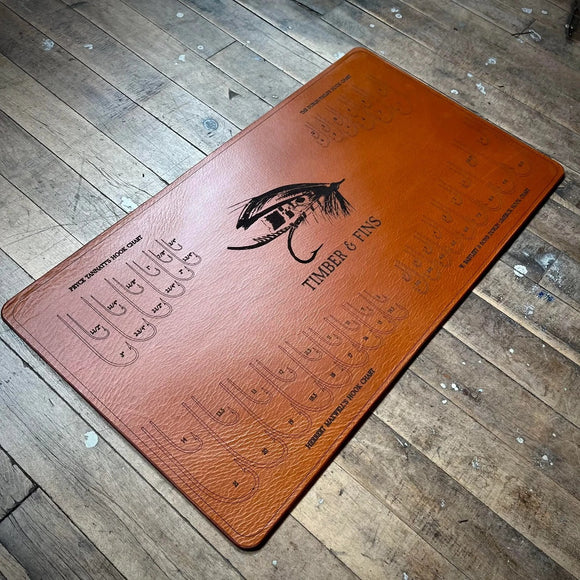
Heritage Fly Tying Leather Mat
